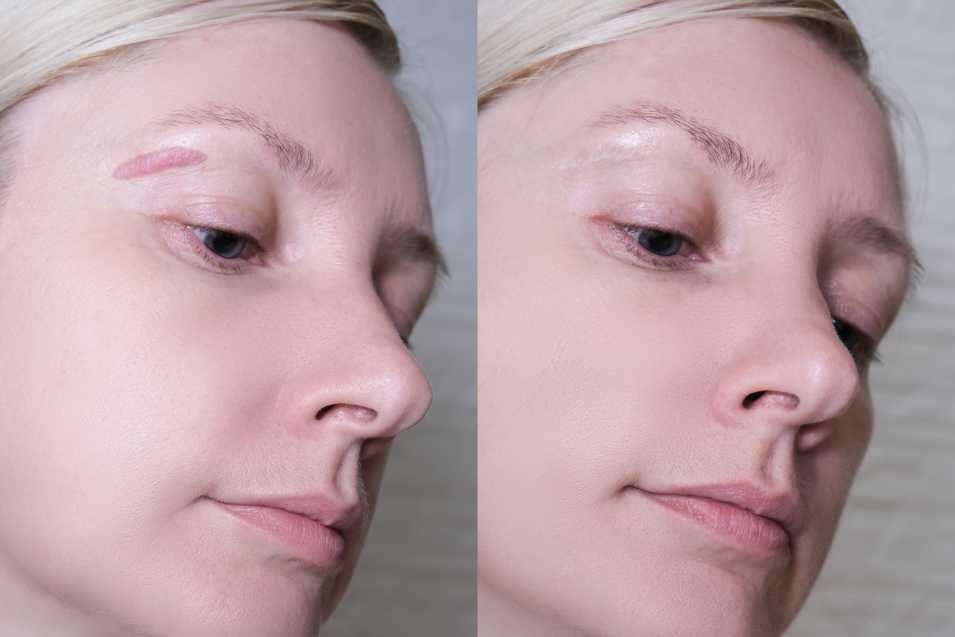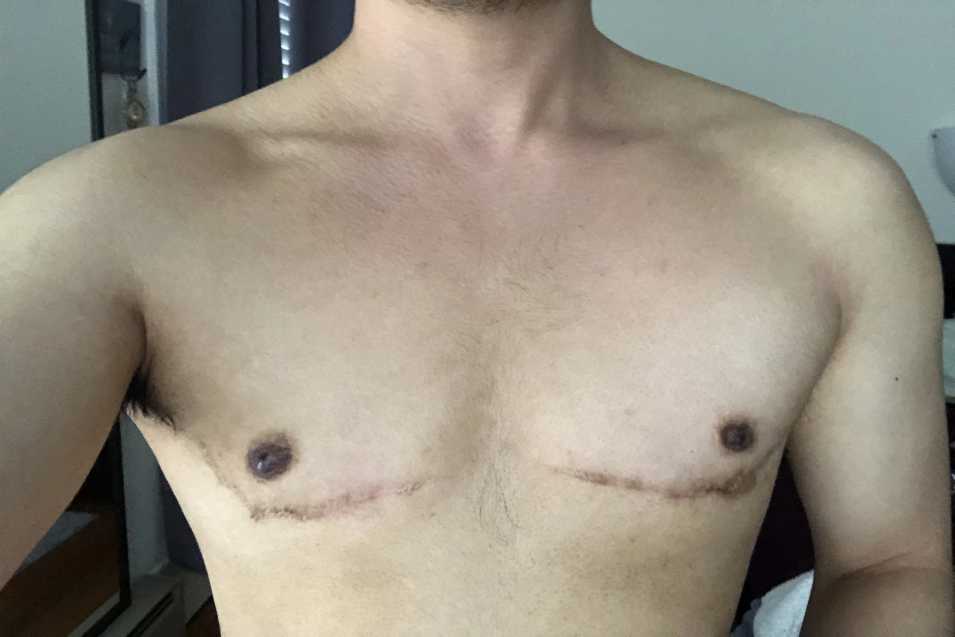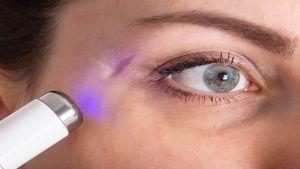Top surgery scars are a scar left on the skin by wound healing after a trauma or a surgical incision in which normal functional tissue reconstructs from the connective scar tissue. Also, while top surgery scars are an inevitable consequence of FTN and FTM breast procedures, many feel that the final results are worth it.
The quality of scars depends on genetic factors, the type of event that created them, and the measures taken during the healing phase. There’re two types of top surgery scars: Keloid and hypertrophic scar, both composed of exuberant fibrous repair tissue.
Hypertrophic scars tend to rise and remain confined to the original wound site. Keloids, on the other hand, can protrude beyond this site, often with claw-like branches. These are lesions of compact or firm consistency, occurring mainly on the earlobes, shoulders, upper back, and chest, although more often than standard skin color, they’re also bright red or bluish. Finally, it’s helpful to remember its aesthetically unpleasant effects.
Top Surgery Scars Healing Process (How Do Scars Look?)
Top surgery scars healing involves three distinct but overlapping stages that follow each other over time:
- Hemostasis phase: The first healing phase that begins immediately after injury is the hemostasis phase. It aims to control bleeding and limit the spread of microorganisms in the body. A clot forms that prevents bleeding, triggering a series of reactions to combat the risks of infection.
- Inflammatory and proliferative phase: This phase begins immediately after the skin lesion. At this stage, coagulation cascades occur, and the immune system intervenes to prevent infection. The emergence of new elastin and collagen fibers also begins at this stage. The top surgery scar still appears red and sometimes itchy.
- Remodeling phase: This phase begins after wound closure is complete. The wound flattens and reshapes itself thanks to the reorganization of collagen and elastin. The body cleans the epidermis, aligns the newly emerged fibers according to the lines of force, and the tissue begins to repair again. The wound opens to a color similar to the surrounding skin, softens, and flattens. This stage can last from two months to two years, or it can be permanent.

Creams for Top Surgery Scars Treatment
Experts use many ingredients of natural origin in cosmetics for their anti-inflammatory, antimicrobial, and cell stimulating properties. Topical treatments are suitable for all types of scars, regardless of the age and size of the patient. When choosing a cream to treat top surgery scars, it’s essential to get a doctor’s advice.
For example, aloe vera gel is very beneficial for FTM and double incision top surgery scars. This gel contains substances that can accelerate the healing of surgery scar surfaces. Among the numerous active ingredients in the gel, the ones most responsible for the healing activity of aloe vera are vitamin C, zinc, and polysaccharides, which stimulate the activity and proliferation of fibroblasts and increase the secretion of collagen. Aloe vera gel, therefore, stimulates collagen synthesis, providing rapid wound healing and an accurate healing process.
Care Tips for Top Surgery Scars
The top surgery scars problem may take several years to heal and reach their final appearance. There’re a few tips you should follow to promote effective healing and minimize scar visibility:
- Always use sunscreen. Sunscreen is vital for reducing a scar and preventing unpleasant consequences like hyperpigmentation and sunburn. You need to apply a high protection factor to the scar, as exposure to ultraviolet rays can disrupt cellular remodeling and prevent the scar from contracting, causing sunburn.
- Keep the scar and surrounding skin moist. It’s essential to apply a moisturizer to the surface of the scar two or more times a day and massage it.
If topical applications haven’t produced the desired results for top surgery scars, as a result of several different aesthetic interventions, the appearance of your wounds will improve.

Aesthetic Interventions for Top Surgery Scar
Although you can treat scars, no product on the market can altogether remove them. Treatments with gels, creams, and essential oils are the least invasive and best quality/price methods to improve the appearance of scars.
In cases where the above treatments aren’t sufficient, several other options are available to improve the aesthetic appearance of the most severe scars:
- Surgical revision procedures
- Medical needling
- Scar treatment with laser
- Steroid-based injections
- Microdermabrasion
Do Top Surgery Scars Go Away?
Top surgery scars can pass in many different ways. It is best to consult doctors for this. The doctor will explain the most effective method and minimally invasive procedures in depth.
Related article: Dimple Surgery
Utilized Resources:
